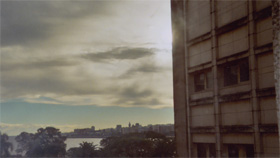
In Montevideo, Uruguay, there are more than 50 architectural works designed by Julio Vilamajó (1894 – 1948). Executed between the mid-1920s and the late 1940s, the buildings exhibit a range of early twentieth century architectural attitudes, styles, and techniques.
The early houses are grounded in the Arts and Crafts tradition, featuring extensive wood and tile work in their interiors. They also reveal the stylistic eclecticism of Uruguayan architectural training of the early 1900s, apparent in Vilamajó’s work as references to Iberian architecture of the Renaissance (Plataresque).
Beginning in 1927, his works reflect Art Deco, Expressionist, and other international trends. His Facultad de Ingeniería y Ramas Anexas, a later work, is celebrated not only for its modern construction techniques but also for its eloquent interpretation of the site. You can find these works and others in our collection.